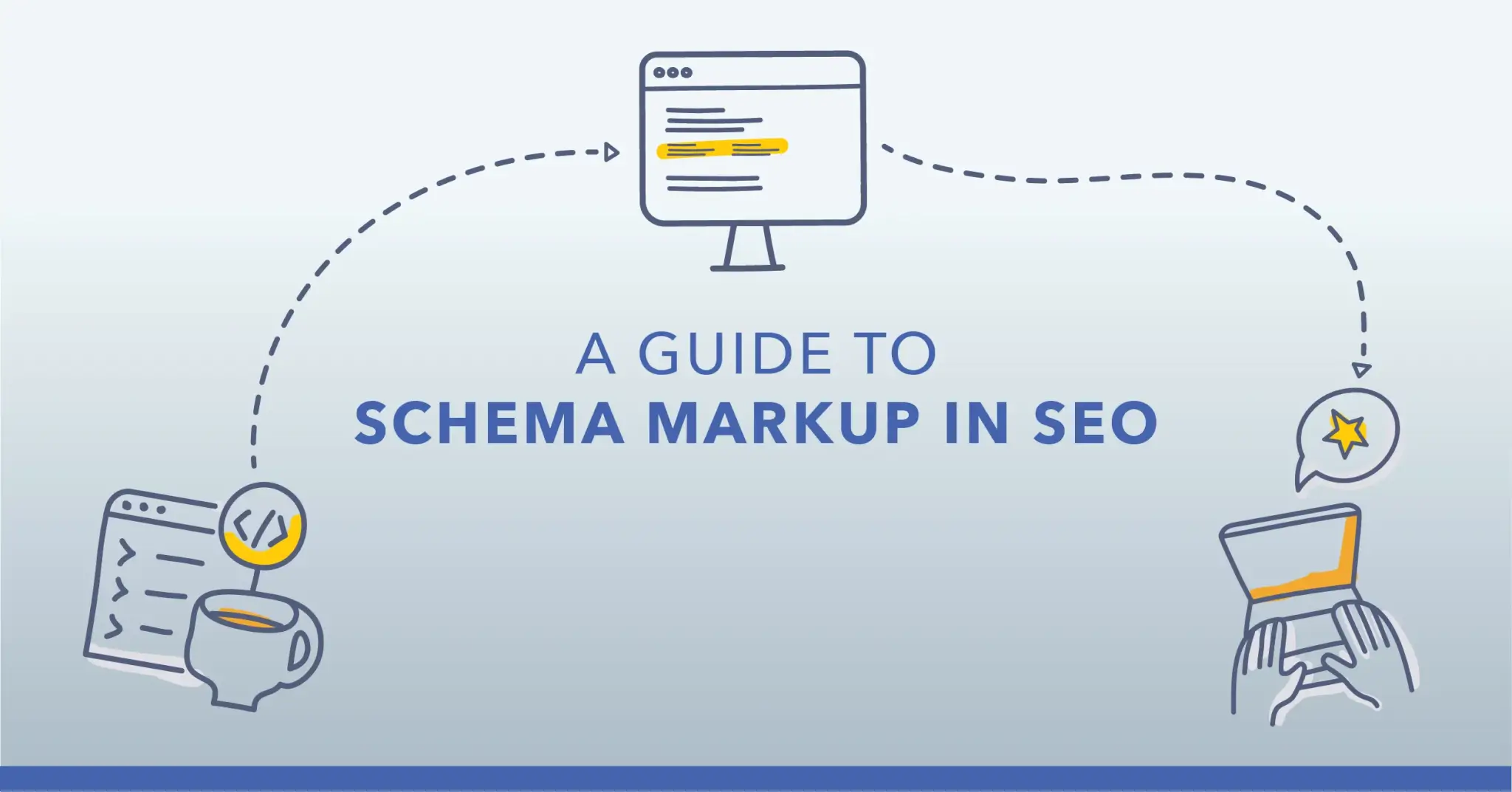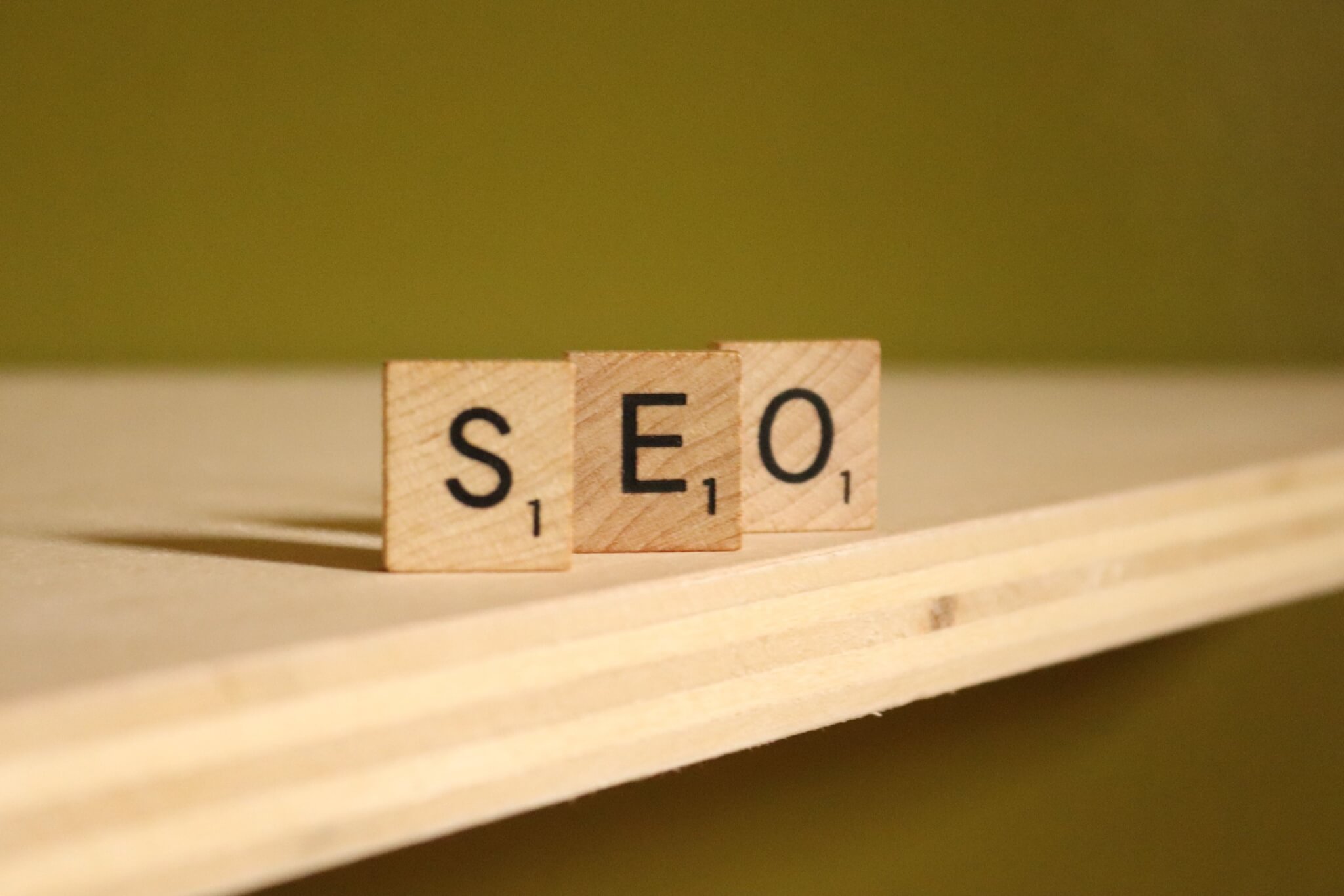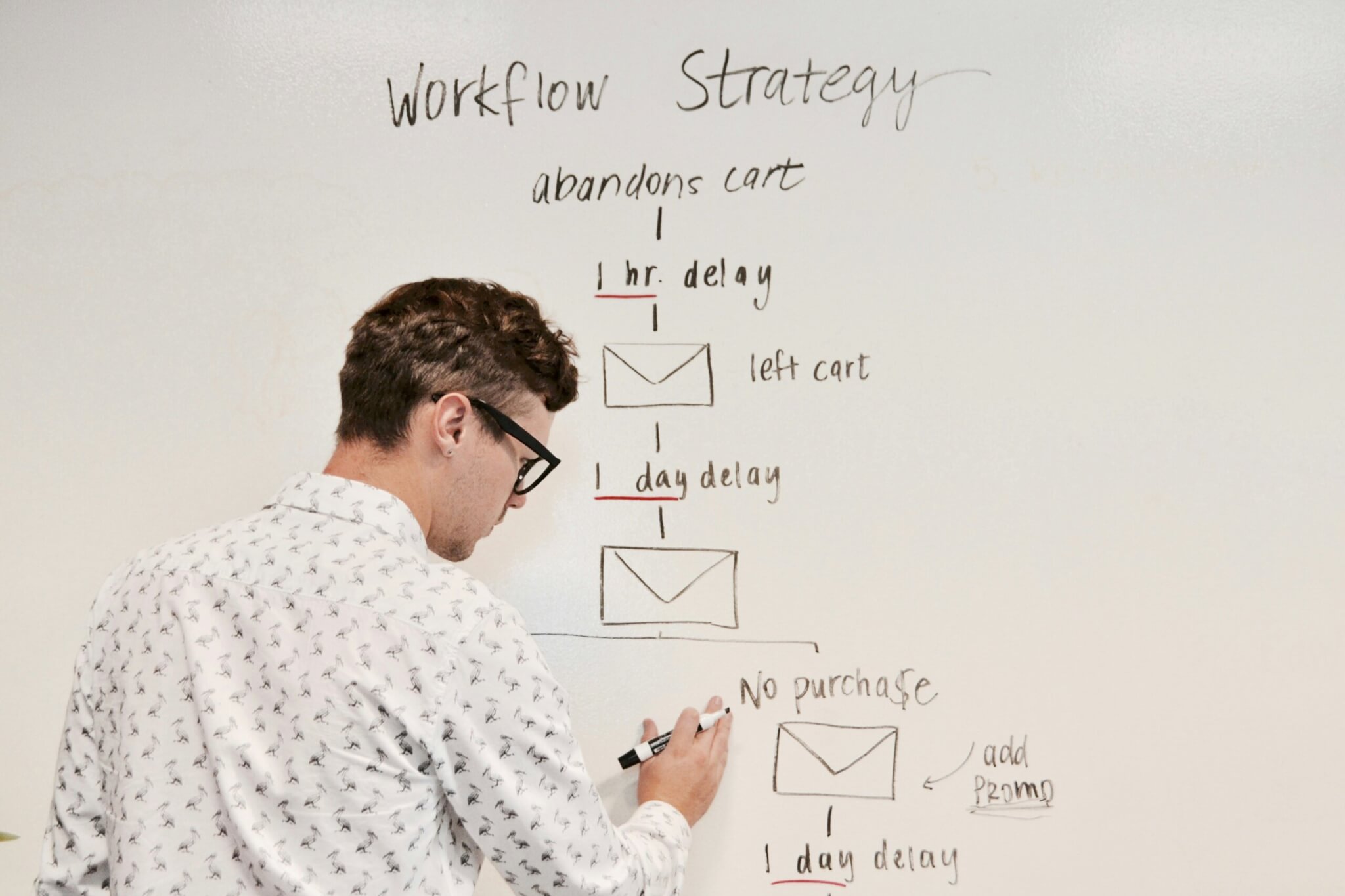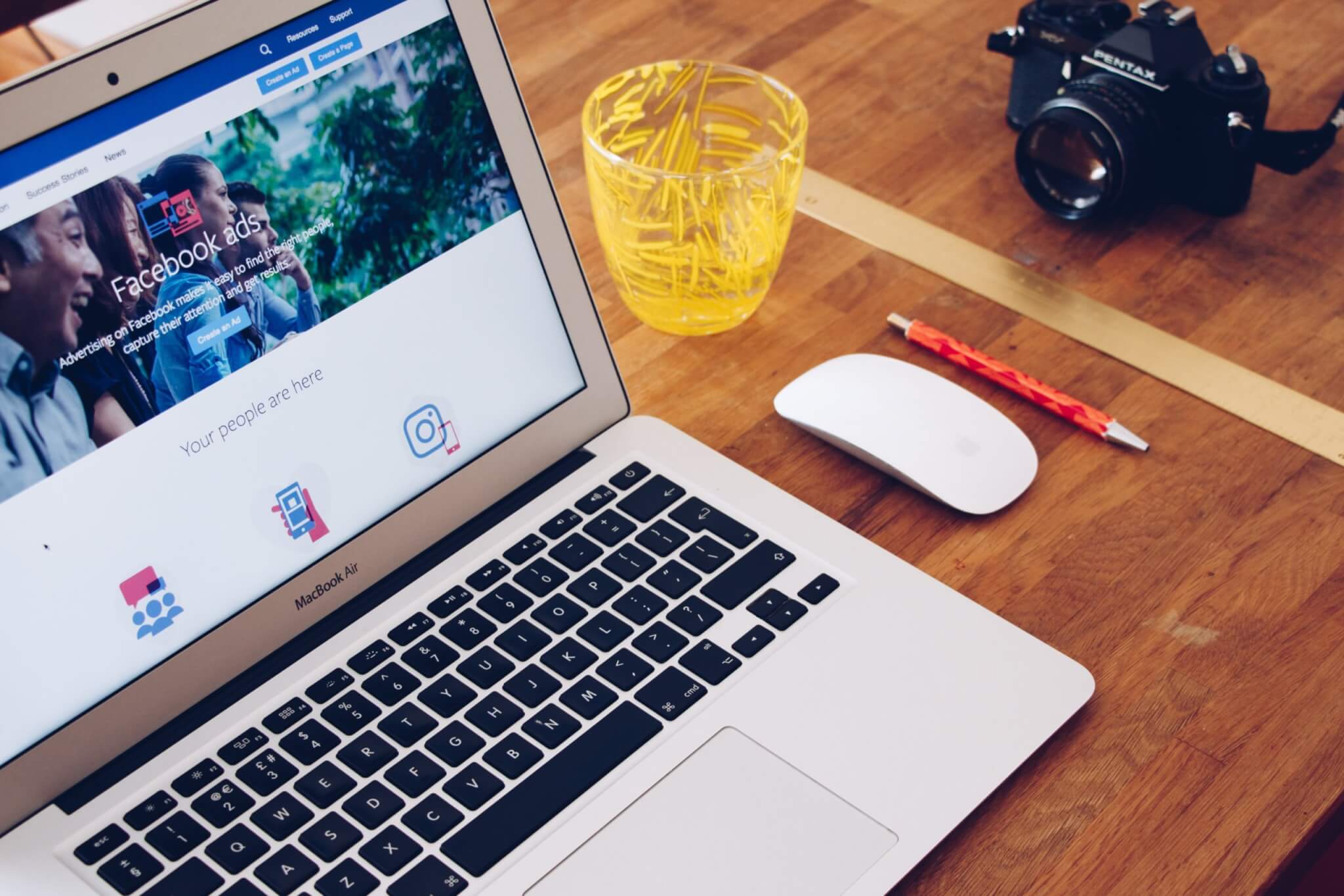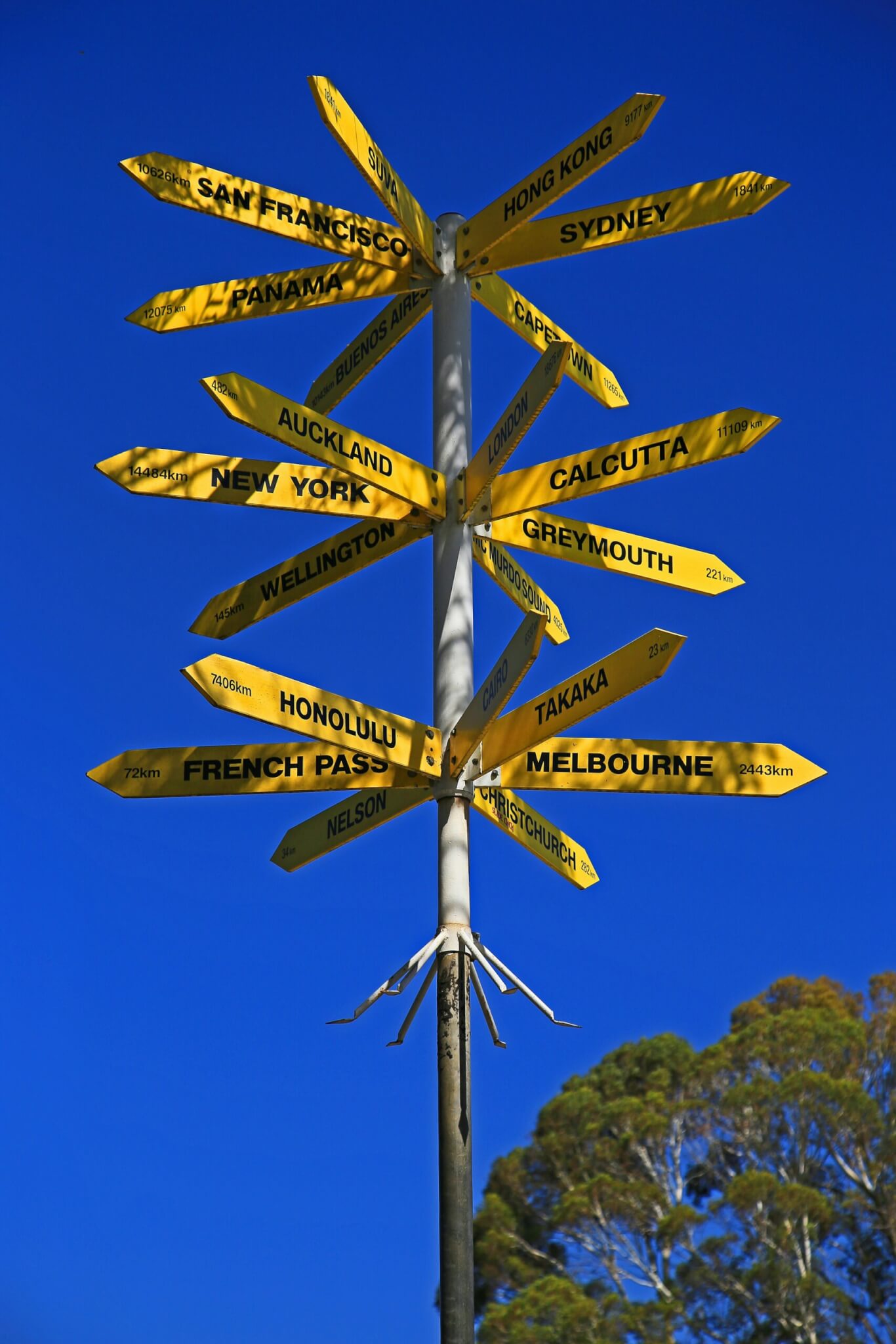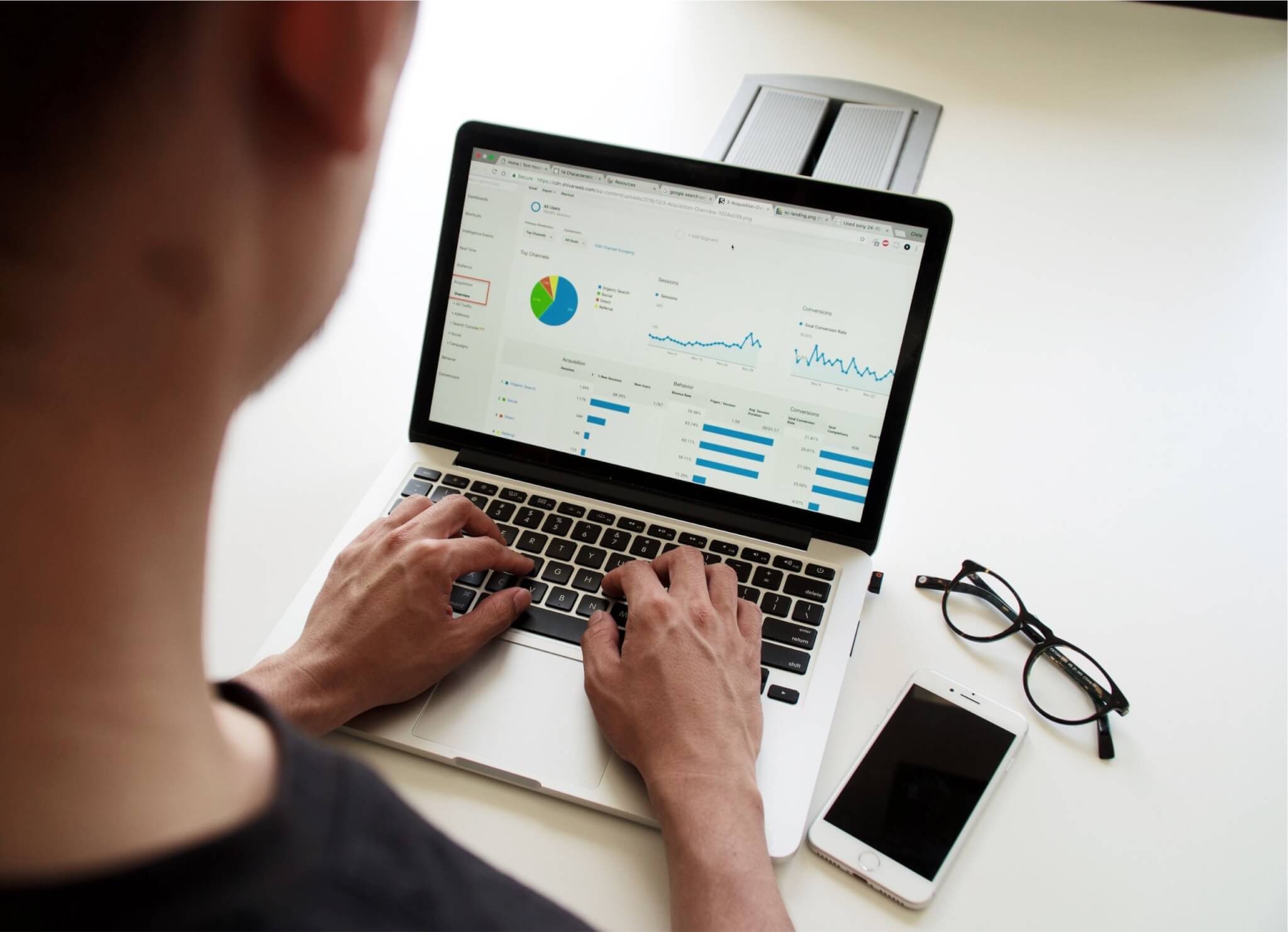When putting together a great advertising campaign, you want it to perform well, obviously! This often leads marketers to question which platform is best for their campaign. Which one will produce the best results – LinkedIn or Facebook?
Many may immediately say Facebook as it has over two billion active users whilst LinkedIn has over 800 million. However, this doesn’t dictate the quality of advertising on the platform. After all, Facebook and LinkedIn have very different purposes and user demographics.
One platform isn’t necessarily ‘better’ than the other. It truly depends on your target audience, campaign, purpose and budget. In this blog, we are going to explore the differences between Facebook ads and LinkedIn ads so you can choose which is best for your business.
Which is better: LinkedIn Ads or Facebook Ads?
LinkedIn is a platform created for business professionals. It’s a place to consume quality insightful content, network with other professionals and buy business products/services. Facebook, on the other hand, is more of a social network with many different purposes from staying in touch with family to sharing personal achievements.
Both platforms offer great advertising opportunities for companies. Let’s break down how they differ in each area:
Audience
A key difference between Facebook and LinkedIn ads is the audience. Facebook ads largely target a more personal audience as it’s a social platform for friends and family to connect. Whilst business professionals will have Facebook accounts, it’s likely they’ll only use it for personal reasons. Therefore, Facebook audiences are more suited to B2C companies.
LinkedIn is a platform for business professionals to grow their networks and career. Whilst content on LinkedIn can sometimes be fun, it’s always tied to business learnings and insights. LinkedIn users will be looking for educational content and products that can help their business or career. Therefore, LinkedIn ads are better suited to those B2B companies.
Ad types
LinkedIn and Facebook have similar ad types, including:
- Links
- Images
- Video
- Carousel
- Lead gen forms
However, Facebook does offer a few more ad options that are more interactive and visual:
- Slideshows
- Playables
- Stories
- Collections
Again, these interactive ad options from Facebook are much more tailored to advertise products or experiences for a consumer audience. The compelling and exciting visuals are a great way to creatively advertise. However, these formats wouldn’t necessarily appeal to a more business-minded audience who appreciate informational value.
Targeting options
Both Facebook and LinkedIn offer features that target your audience based on your base audience. For example, Facebook has a ‘Lookalike Audiences’ feature that uses your current email database, leads, customers etc. to find similar users. LinkedIn also has this option called ‘Audience Expansion’.
However, Facebook does beat LinkedIn with several more advanced targeting features. Facebook offers demographic and geolocation data that enables you to form a campaign for a hyper-targeted audience. Personal interests and psychographics are also available to marketers which can provide invaluable insights into consumer behaviour. However, due to data privacy issues, this data is no longer as in-depth as it once was.
Facebook also has intelligent capabilities of automatic ad placement and optimising throughout the campaign. Facebook will analyse your ads performance and suggest improvements whilst moving the budget away from placements that aren’t performing well.
Budget
Both Facebook and LinkedIn allow you to set a budget for your ad campaigns but how far that budget goes differs between the two platforms. LinkedIn has the highest cost-per-click ($5.58 CPC) out of all the main social media platforms, with Facebook being the cheapest ($0.94 CPC).
Whilst LinkedIn ads are considerably more expensive, it’ll be worth it for your company if that’s where your audience is. If you were to advertise on Facebook but that’s not your target audience, then you’d be wasting money. So, it’s for your business to determine which option is worth the investment.
Analytics
Facebook and LinkedIn have different forms of analytics from each other. Let’s take a look at LinkedIn’s three main analytics:
- Updates – audience, impressions, clicks, interactions, new followers, engagement and overall reach.
- Followers – total followers, organic and acquired followers, demographics (job, company, industry etc.) and follower trends.
- Visitors – page views, career page clicks, unique visitors and visitor demographics.
Facebook delivers similar analytics on their ‘Page Insights’:
- Overview – total and new page likes, post reach, page engagement.
- Likes – page likes, net likes and where your page was liked.
- Reach – page and organic post reach, positive and negative engagement and total reach.
- Visits – page visits and external page visits.
- Posts – when followers are online, post types and best performing posts.
- Video – video views, 30-second+ video views and most viewed videos.
- People – fan demographics, people reached and people who engaged with your content.
Both Facebook and LinkedIn are great platforms for businesses to run ad campaigns on. Which is better for your business depends on your target audience and what you’re offering. For those looking to get professionals to attend a webinar, LinkedIn will be the best place to advertise. If you’re looking to boost sales with a beauty product, then Facebook ads will produce the best ROI. Utilising a paid social ad management service is a great way to get the most out of your ad campaigns.




